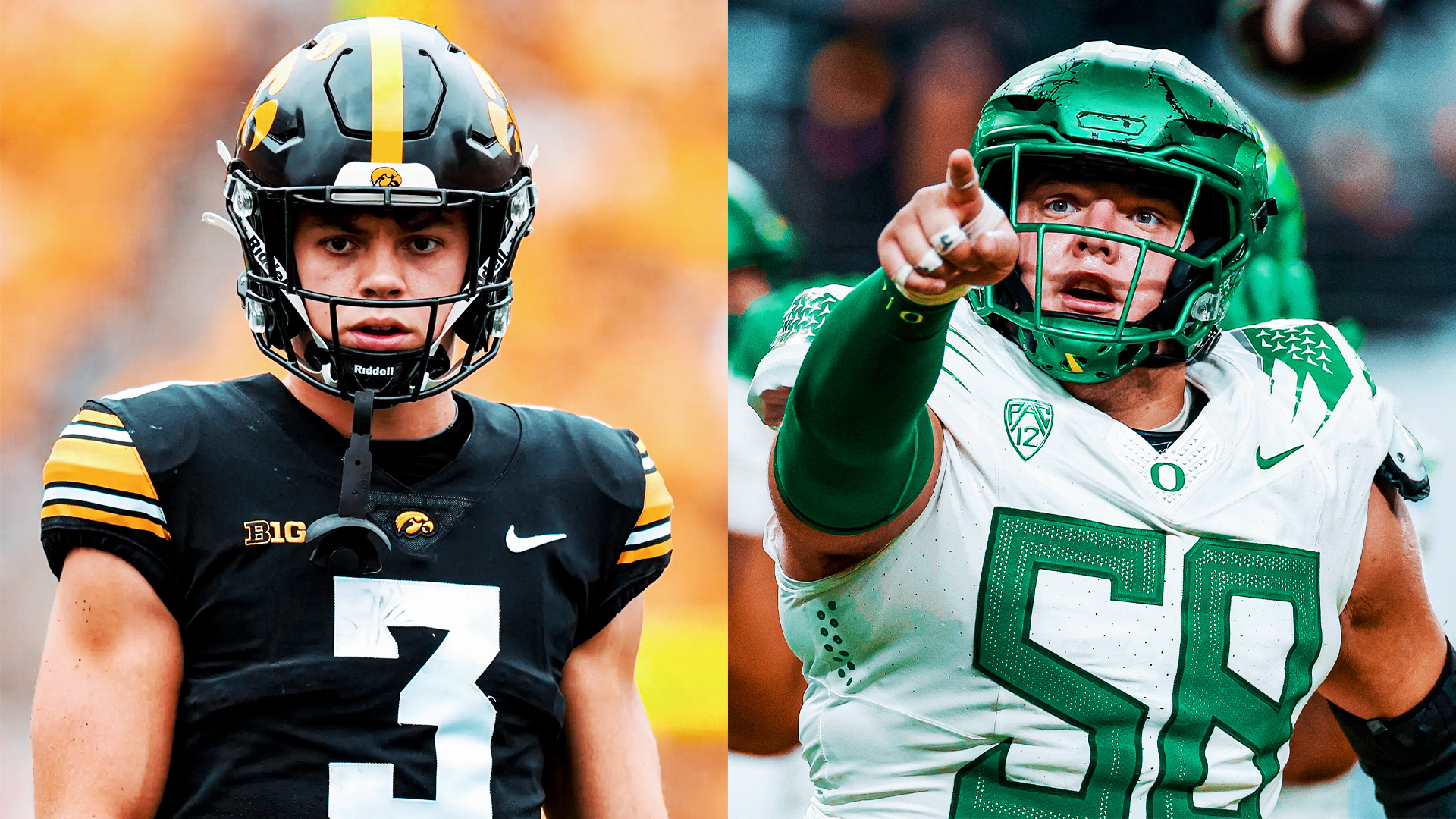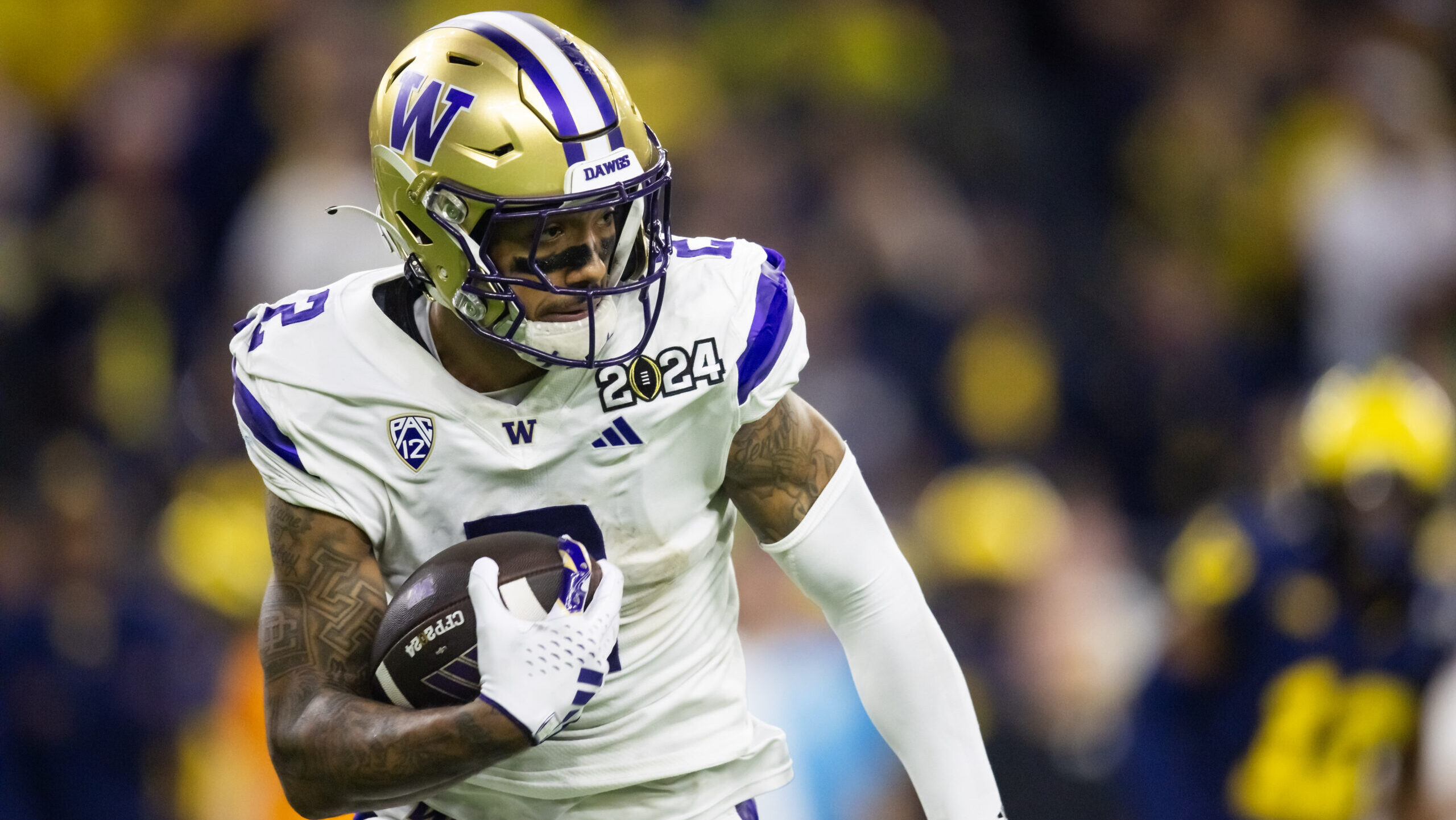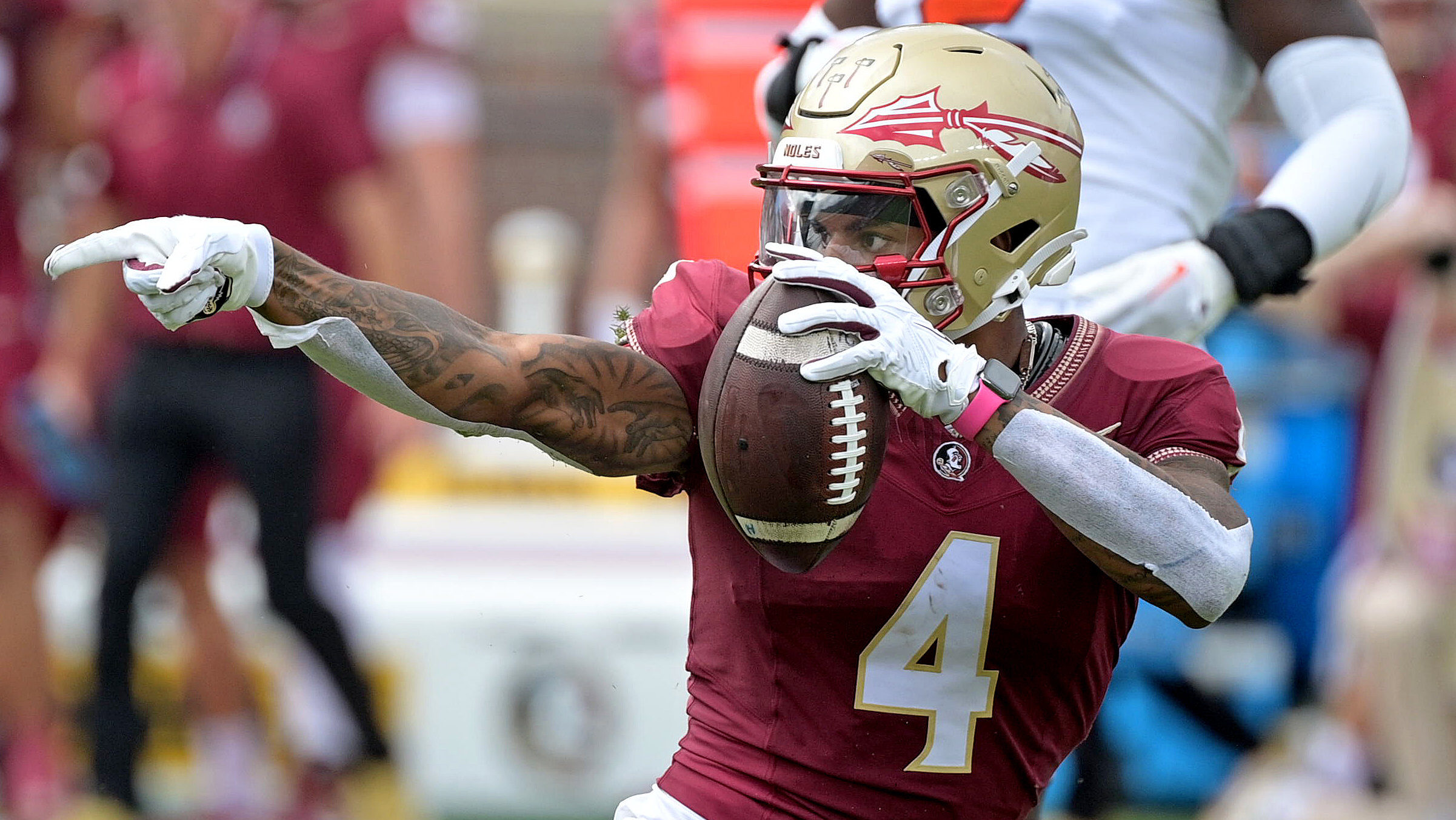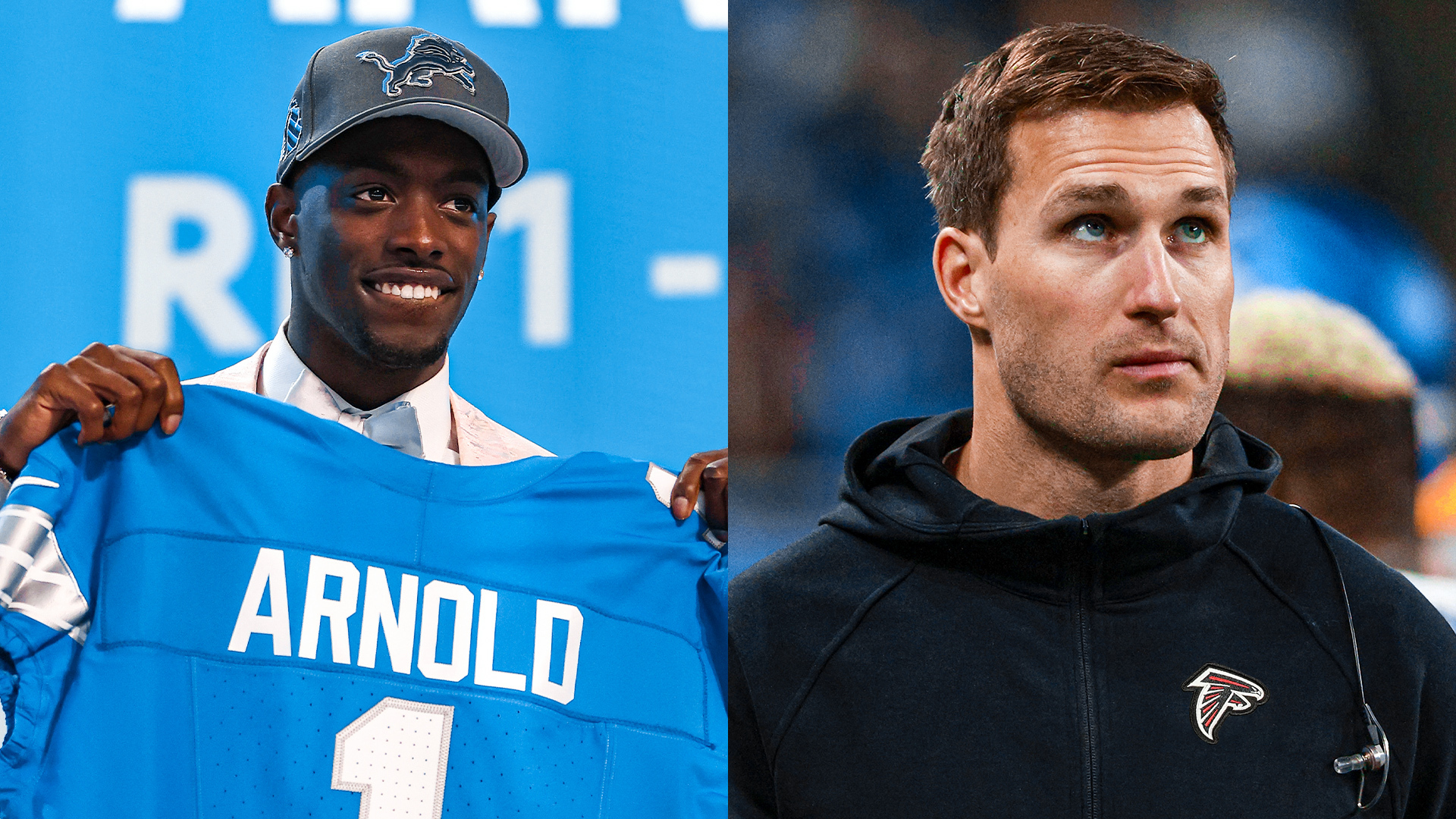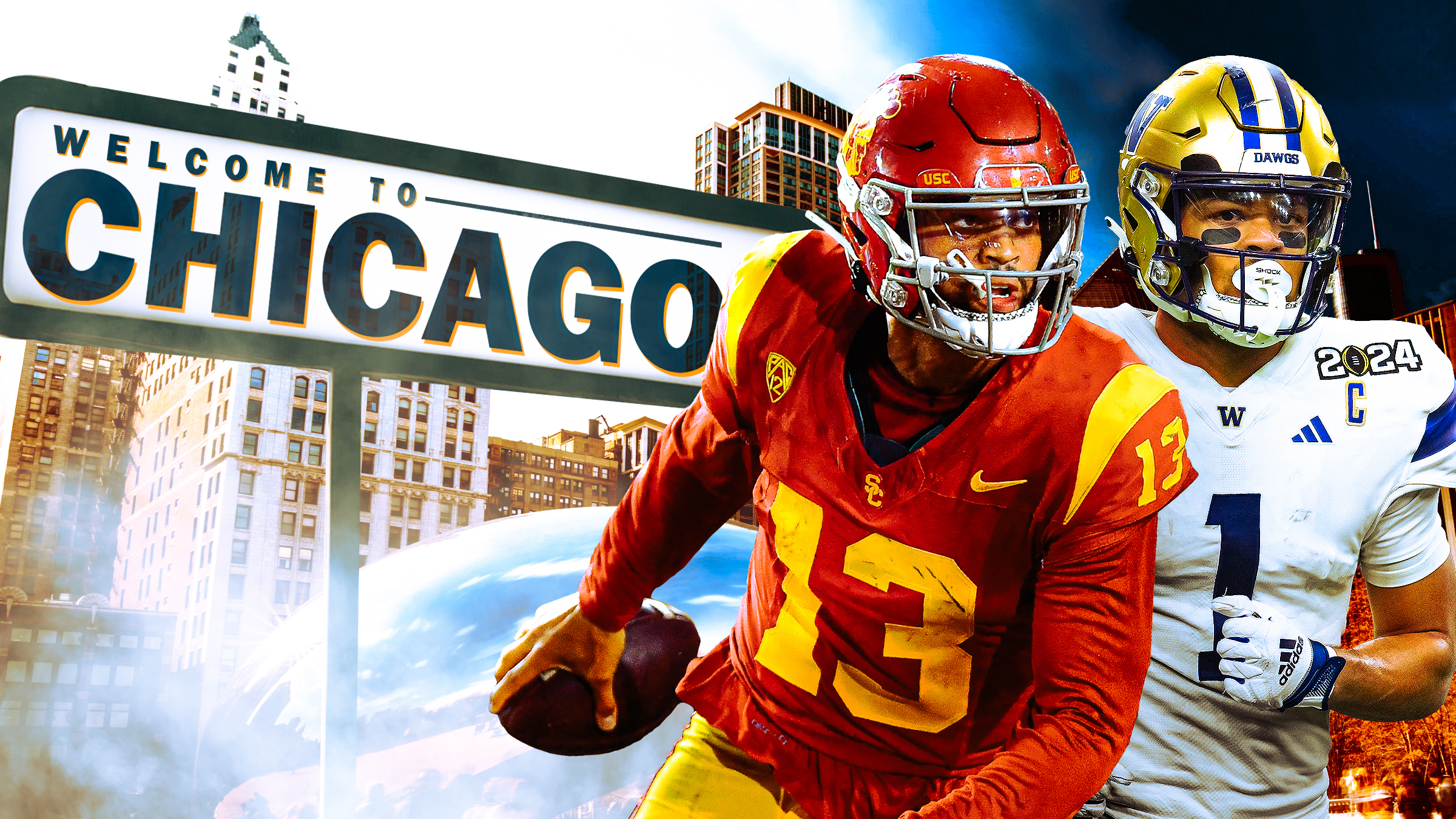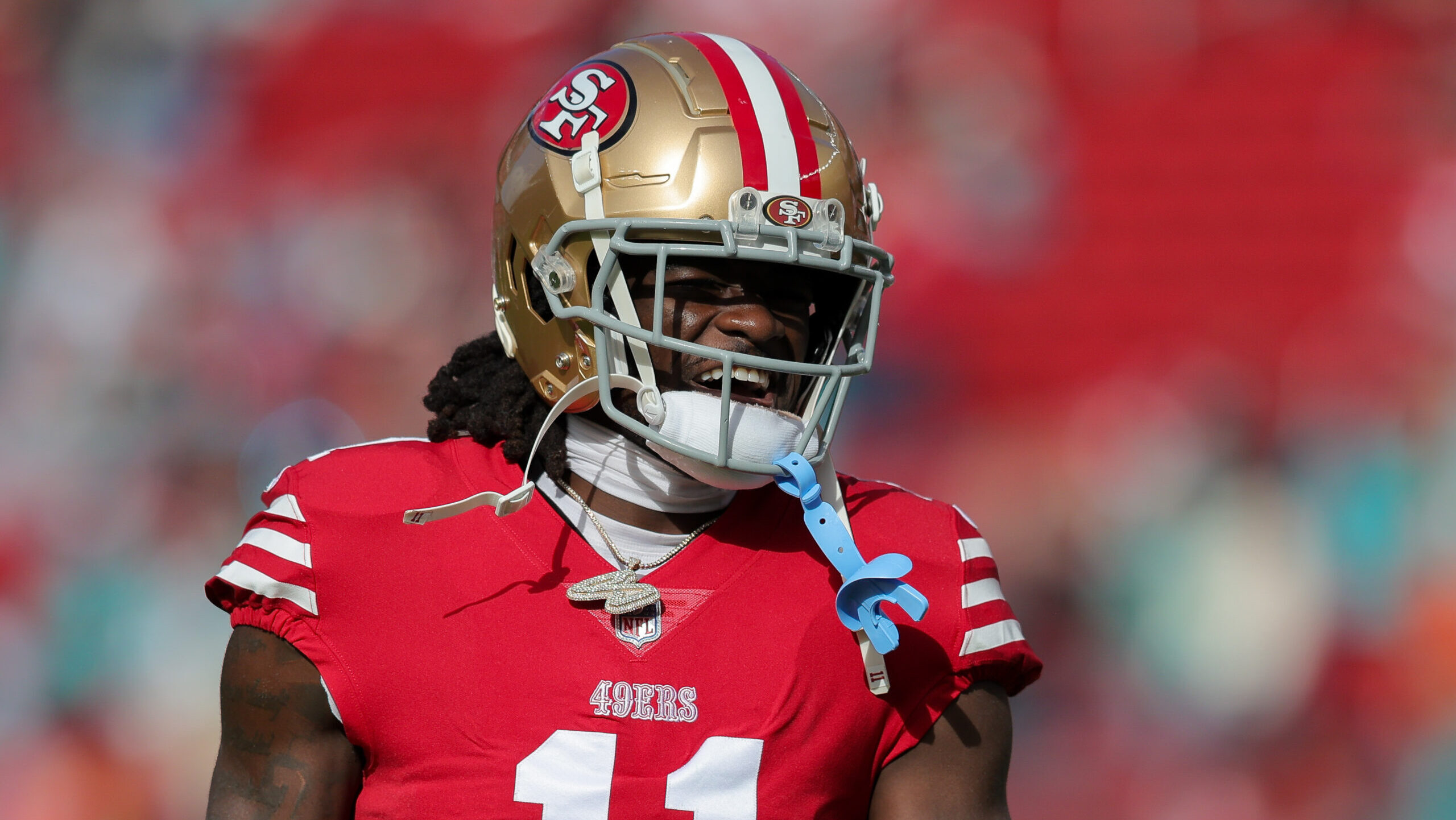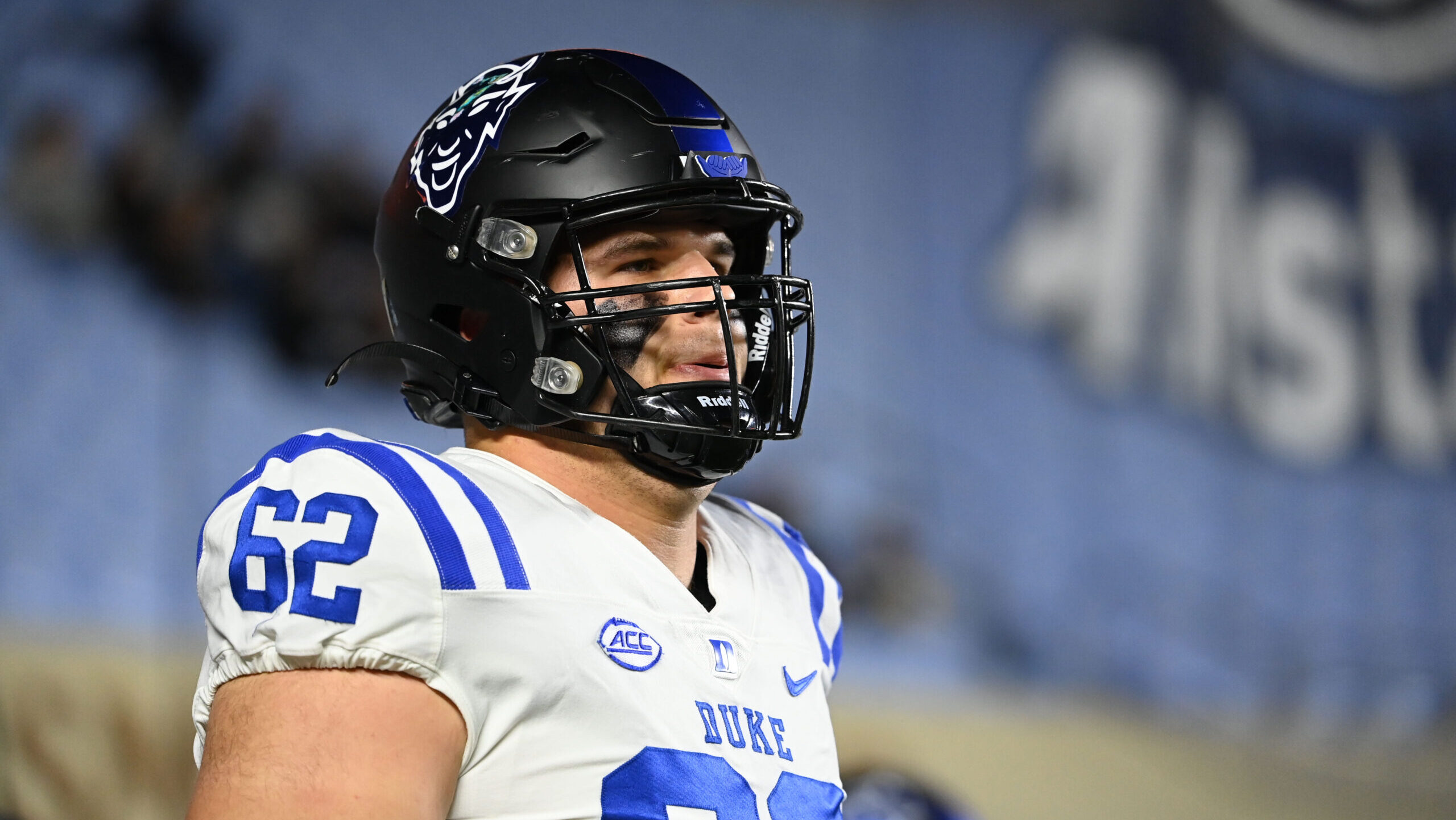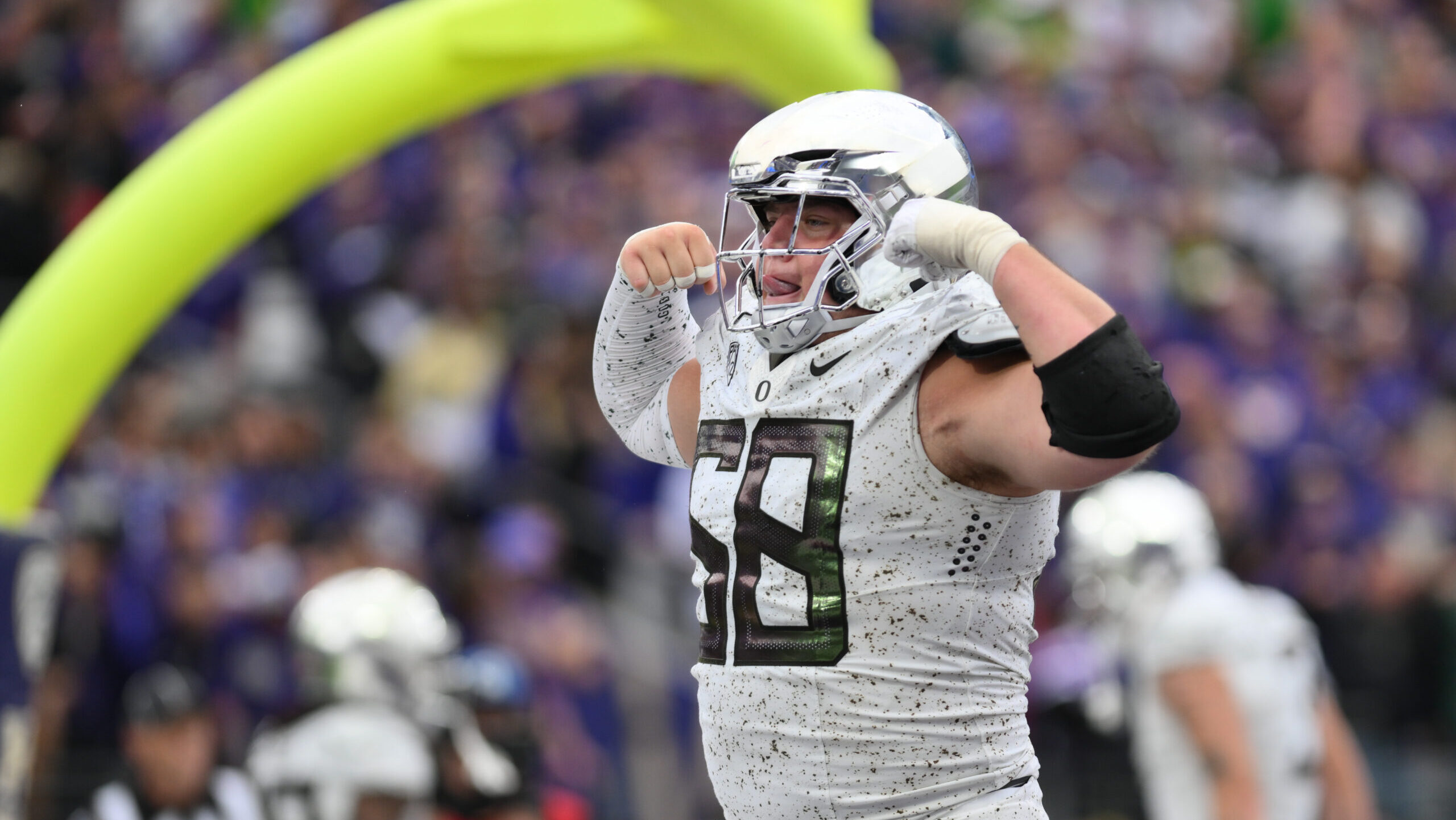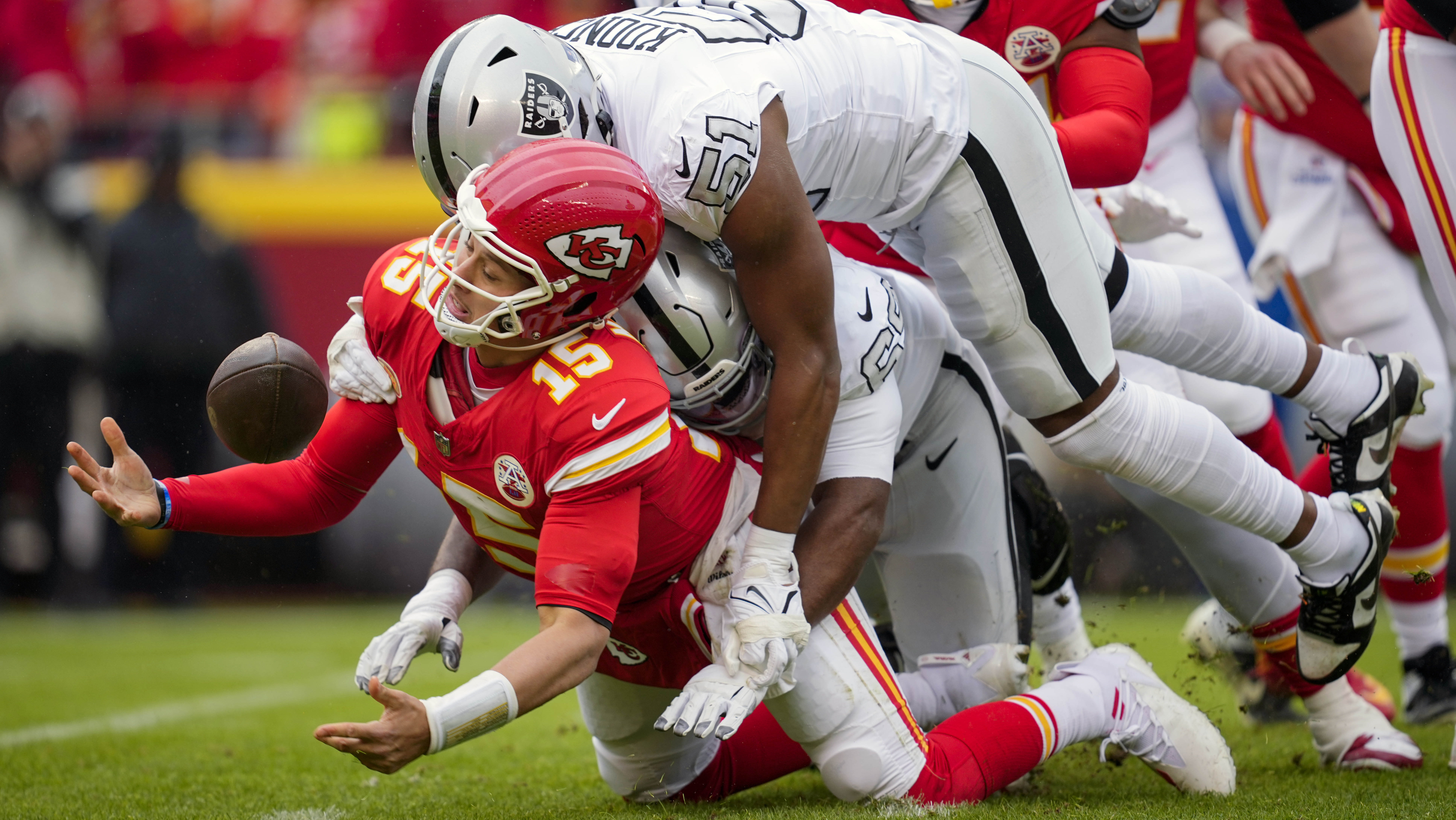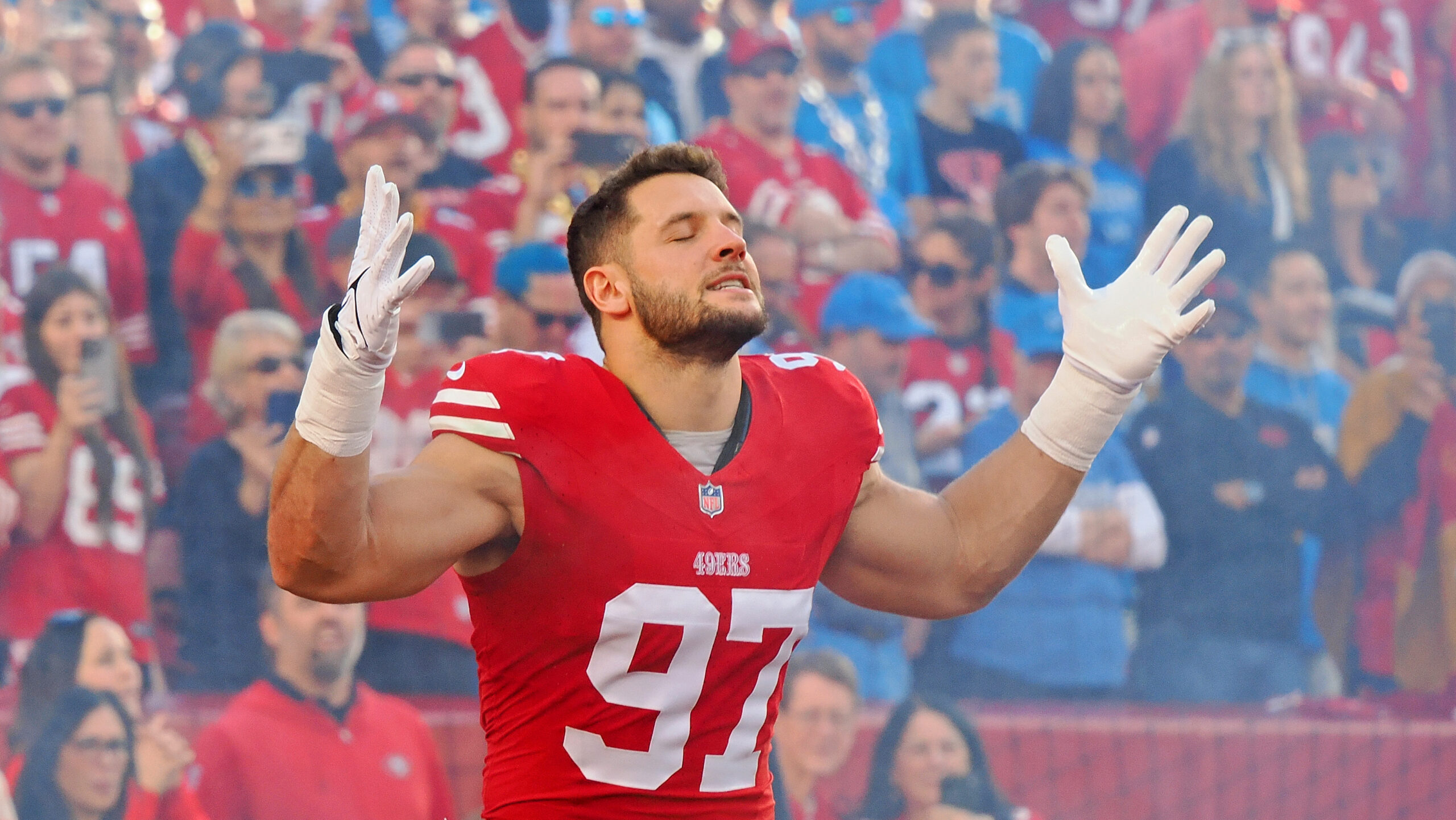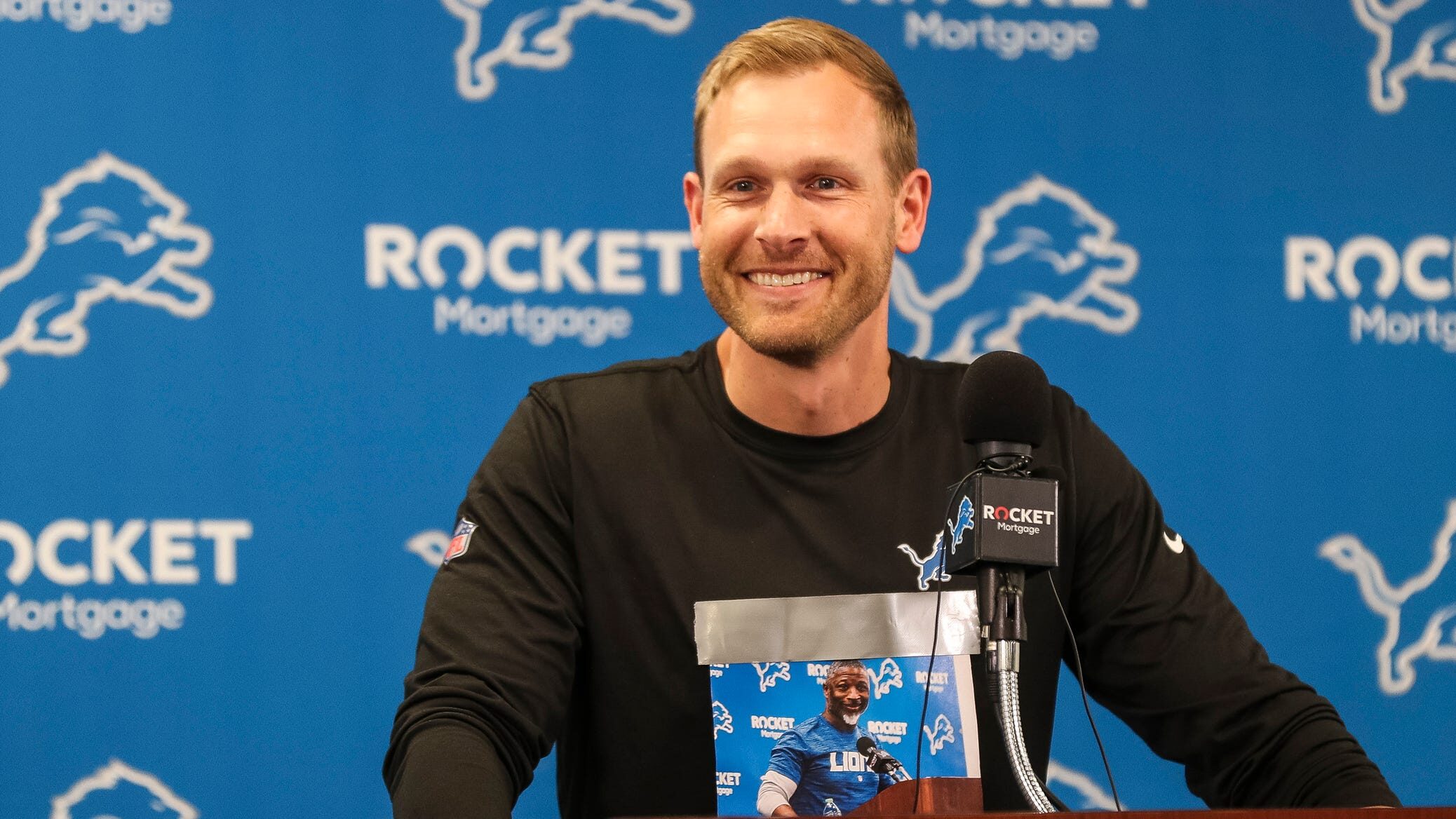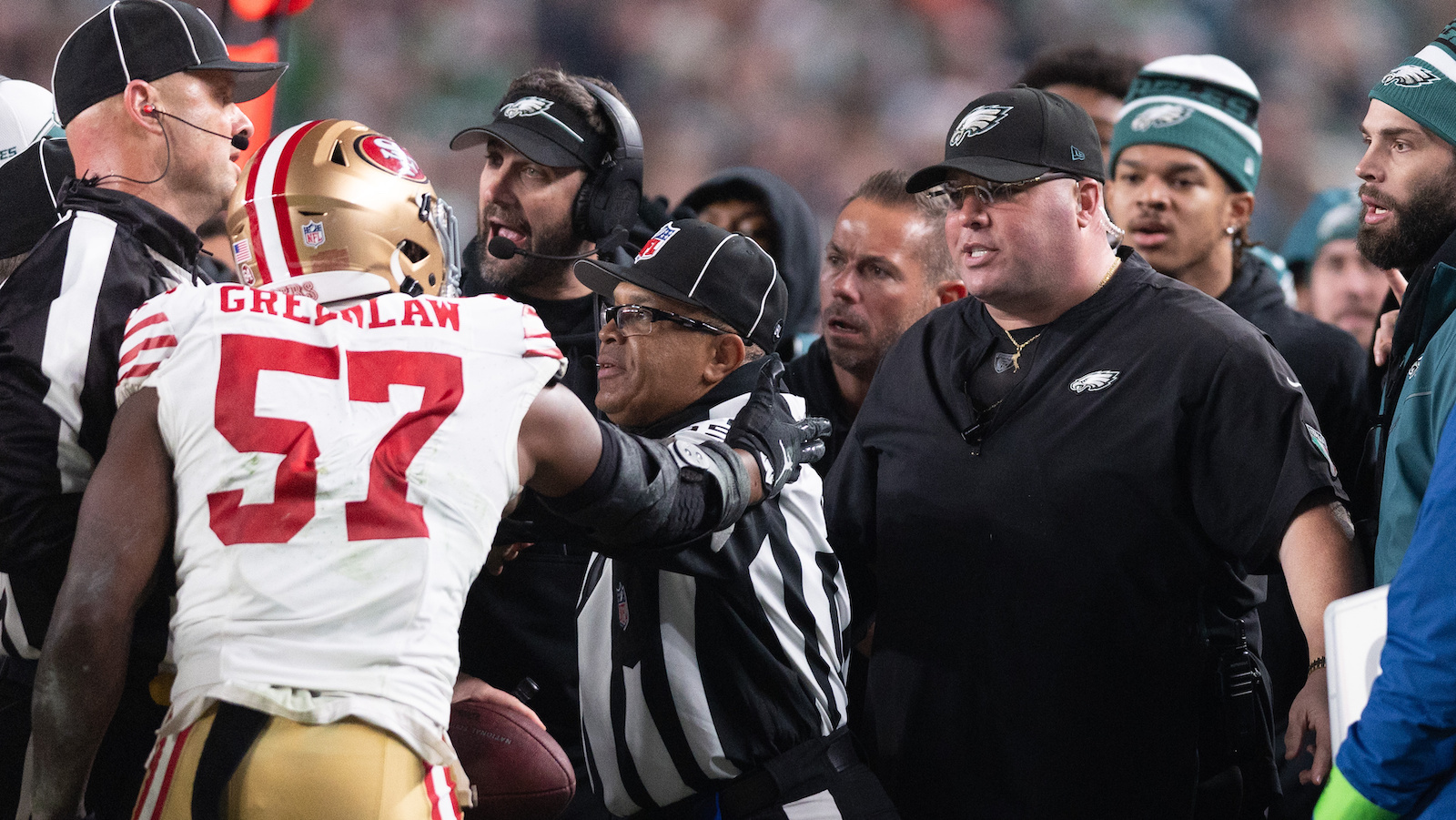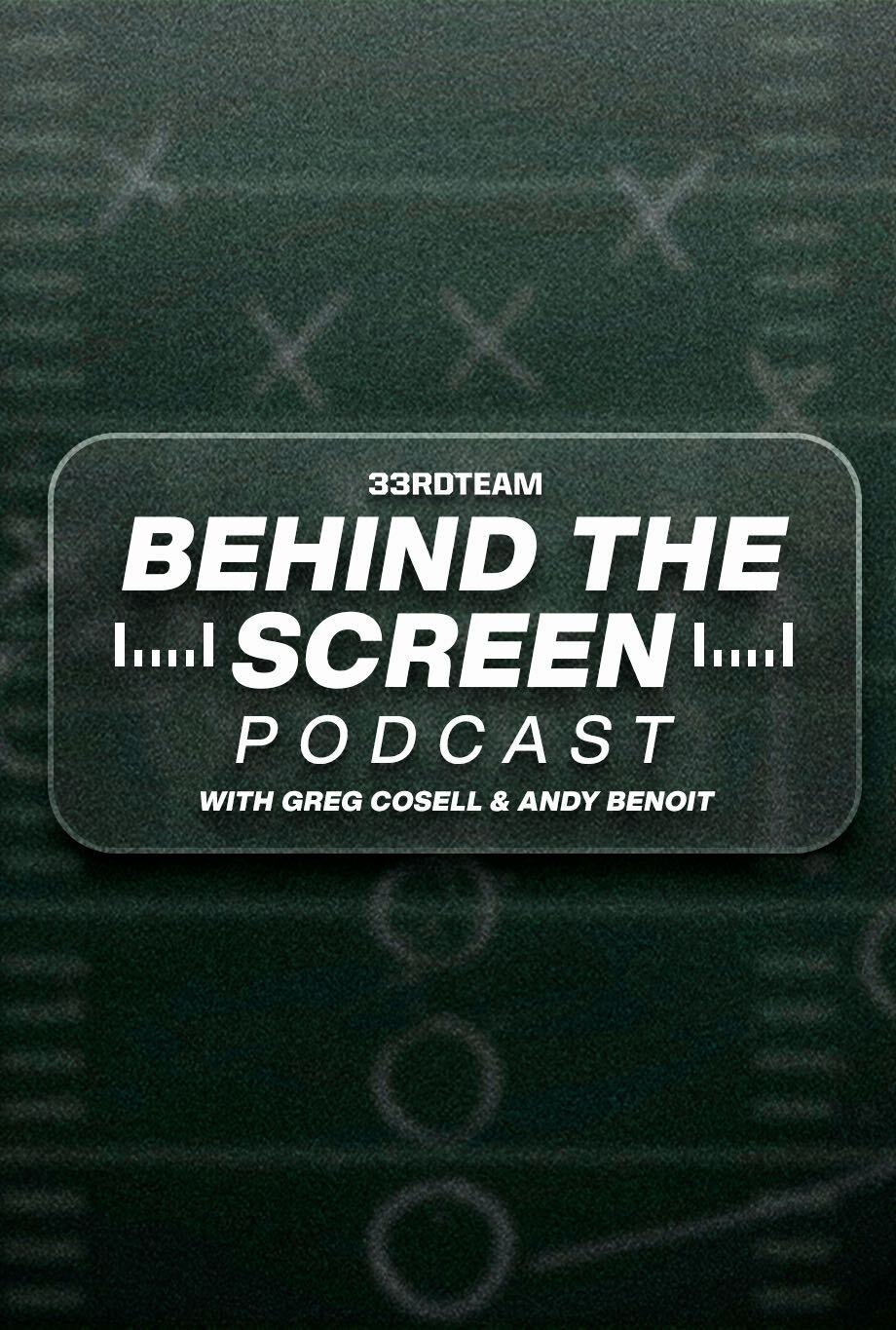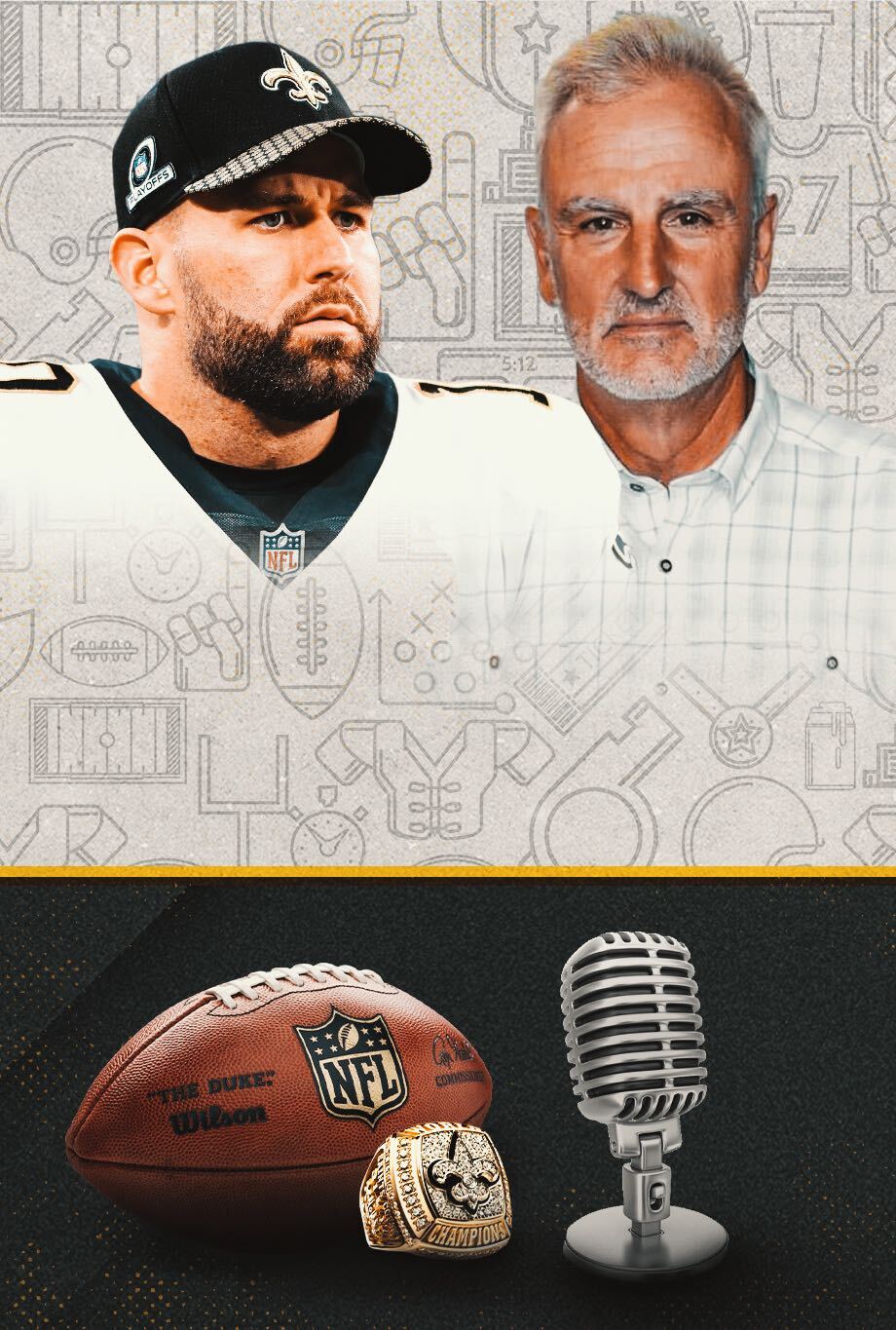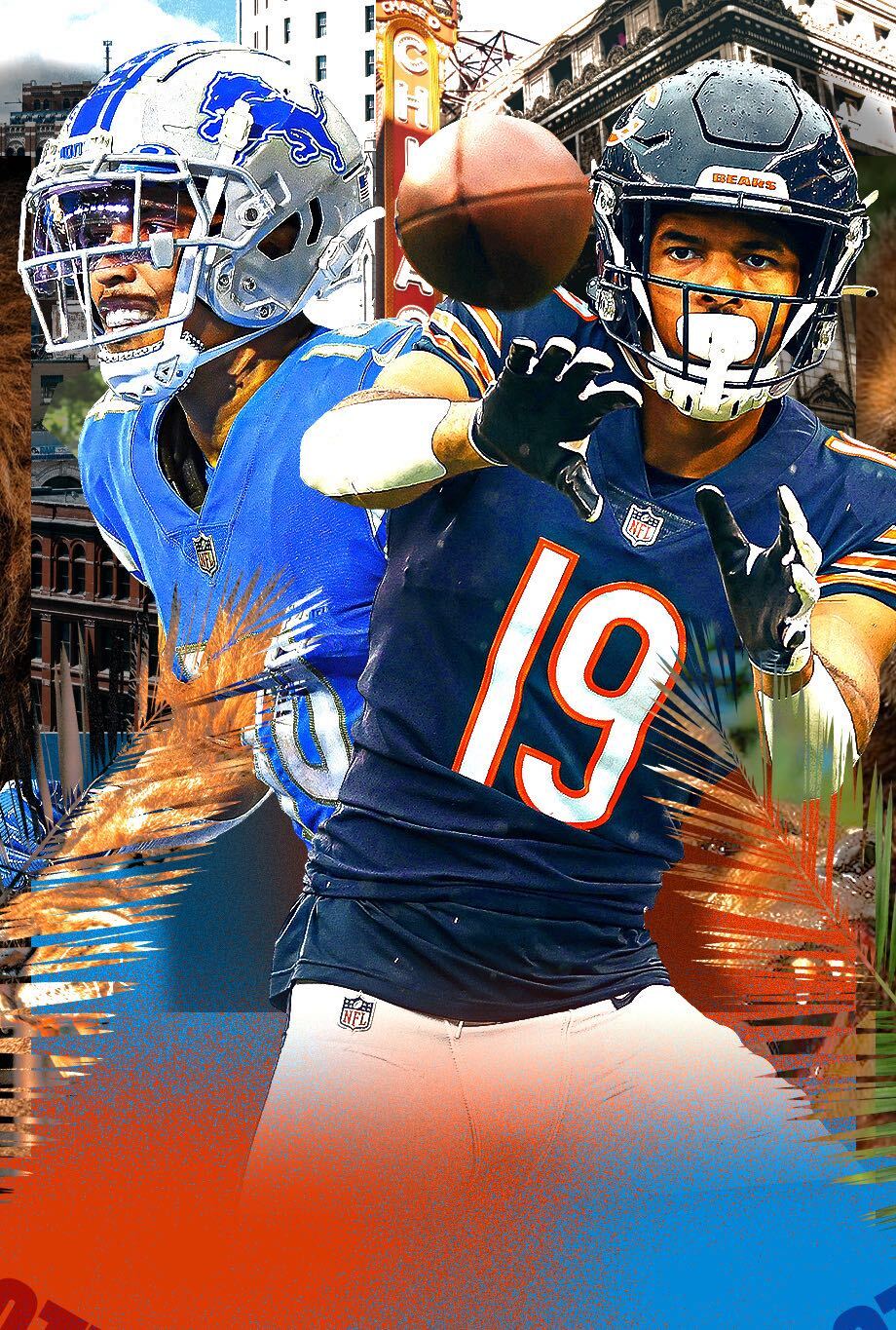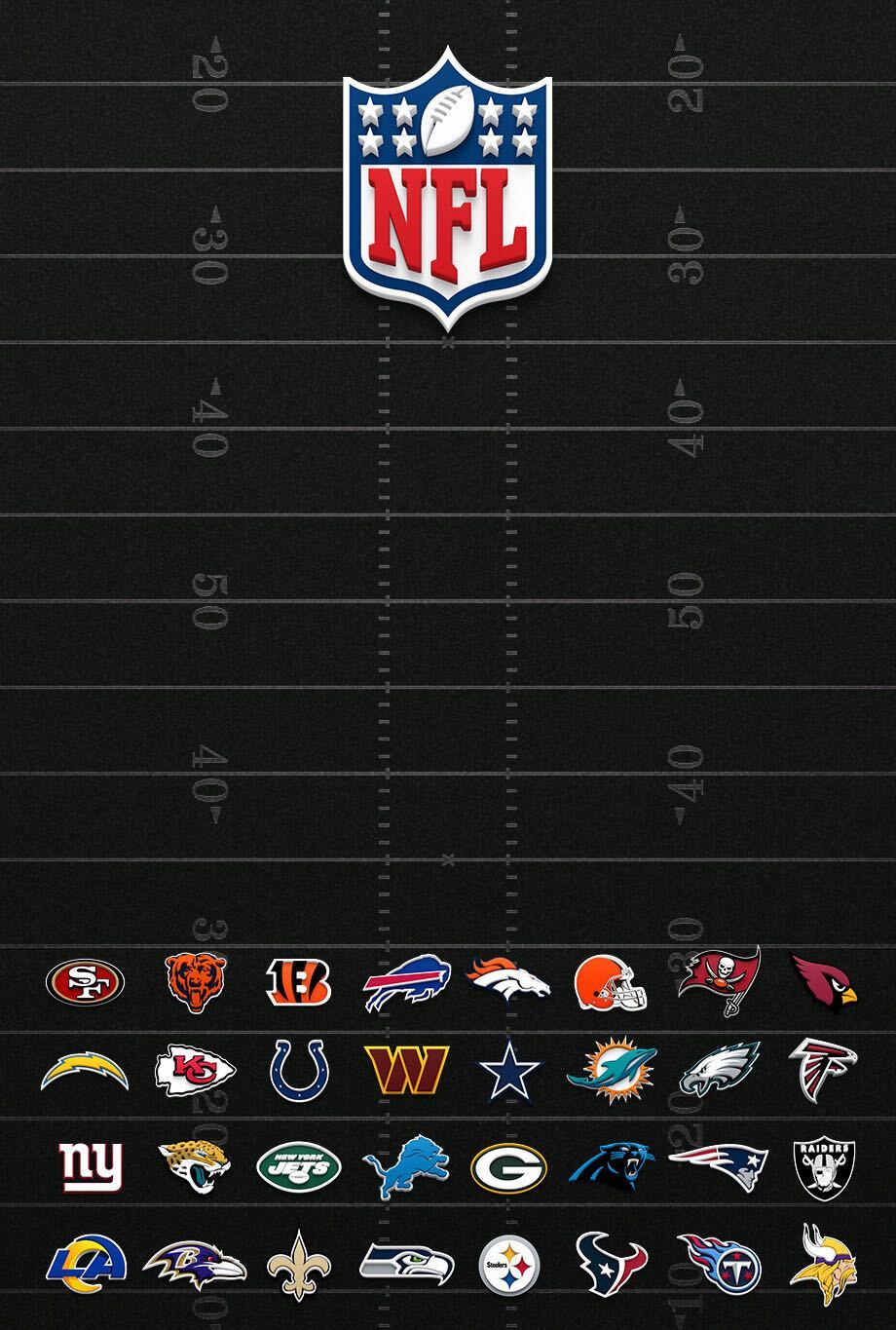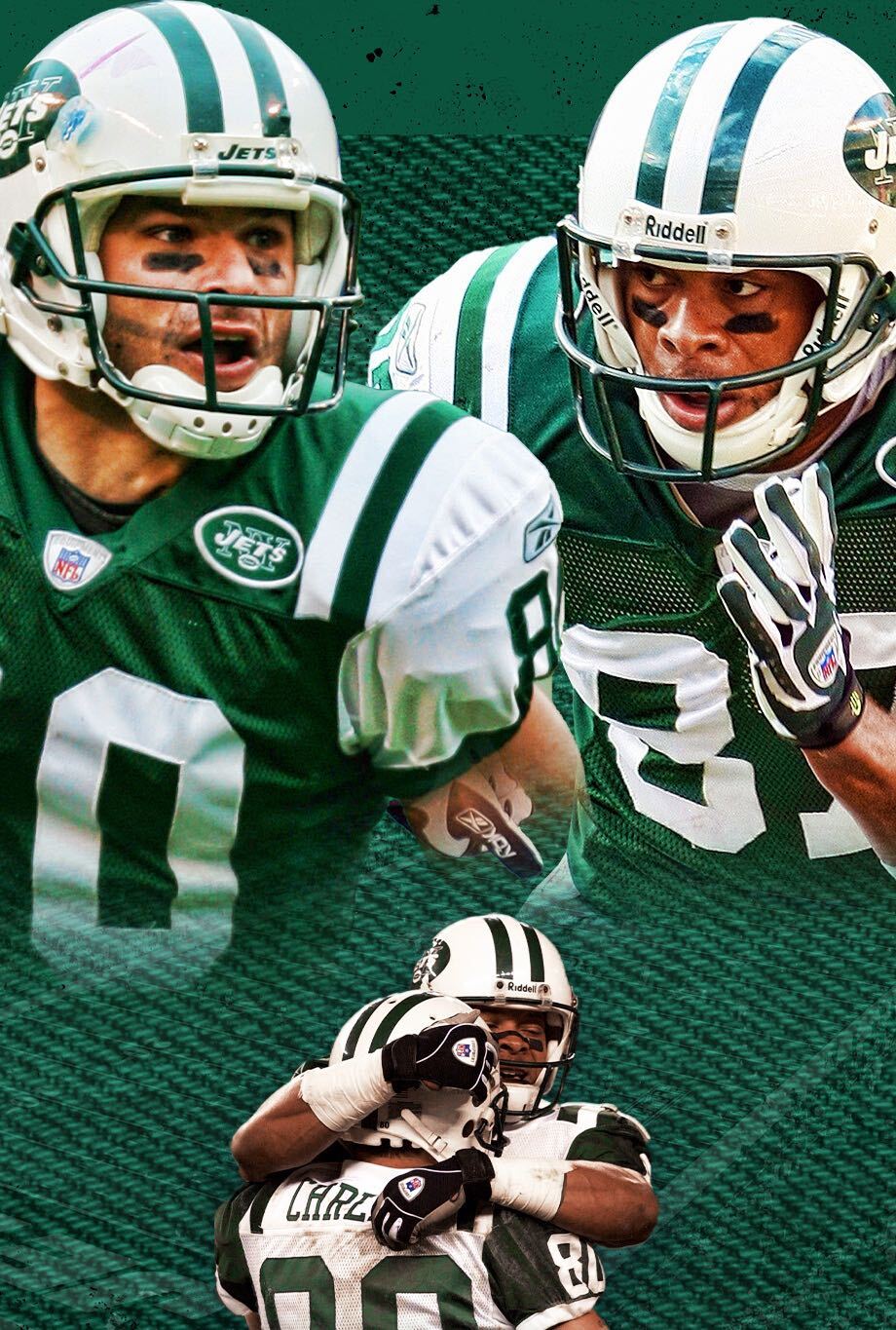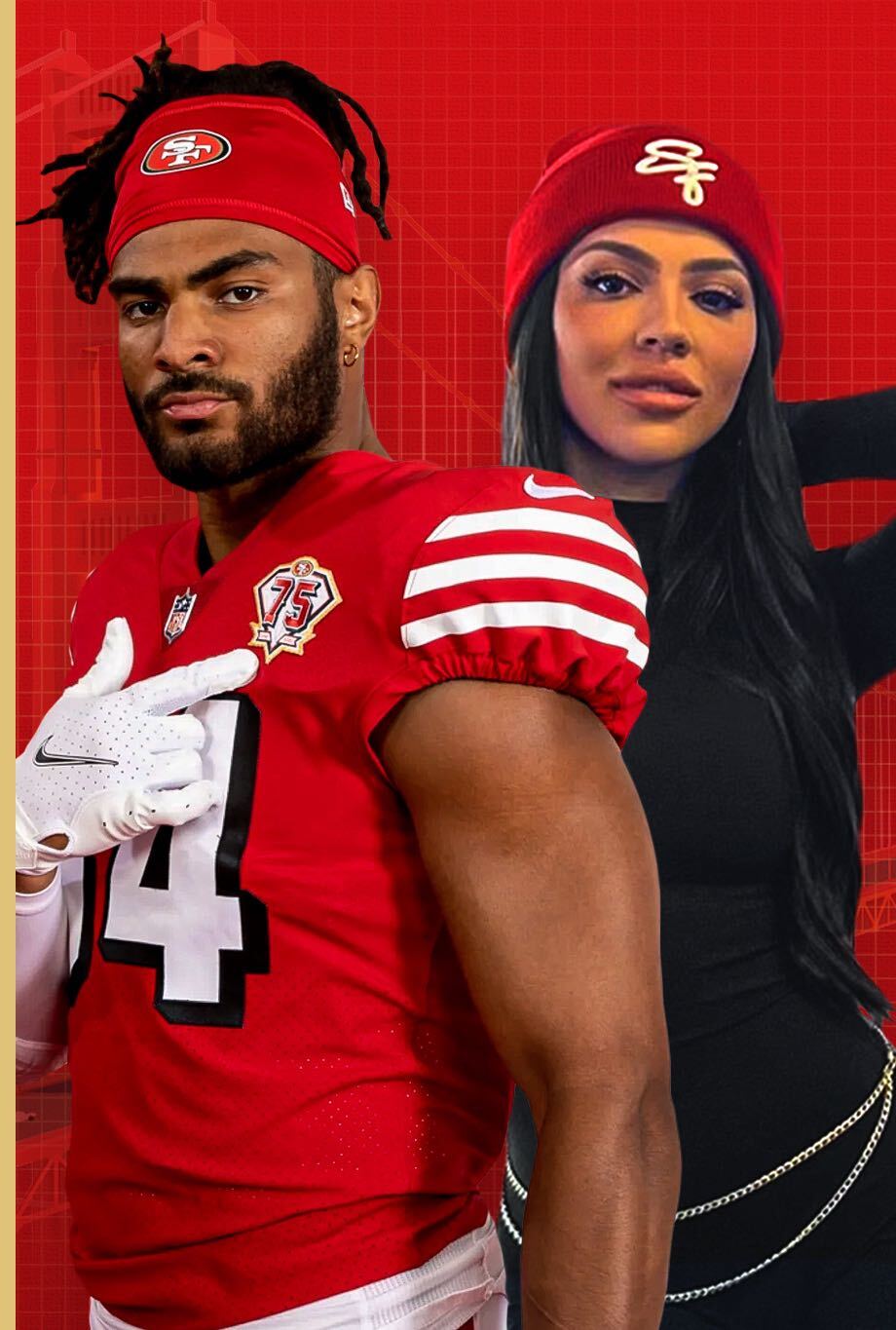Building an Offense Around a Mobile Quarterback Like Lamar Jackson
Analysis 3/30/23
Greg Roman has coached in the NFL for 25 years. On Jan. 19, he stepped down as offensive coordinator of the Baltimore Ravens, a position he had held since 2019 when the Associated Press named him the league’s assistant coach of the year. During Roman’s time as OC with the Ravens, quarterback Lamar Jackson set several league records, and the team led the NFL in many critical offensive categories. Roman plans to spend the 2023 season out of football. He will continue to stay connected to the game, including regular contributions to The 33rd Team.
This is the first of a two-part series. This installment looks at Roman’s time working with Jackson and other mobile quarterbacks.
Our record in Baltimore when Lamar Jackson was our starting quarterback (45-16) speaks for itself. Because at the end of the day, this thing is always about the team winning.
I always tell the quarterback the No. 1 job is to win. All the stats are beautiful and fun water-cooler talk, but it’s all about the team winning. The quarterback is the most crucial part, but we’re not chasing stats or garbage yards. We’re chasing victories. Our win-loss percentage (.738) — Jackson’s win-loss percentage — is pretty impressive.
If you have a quarterback with certain skills, you’ve got to tap into their strengths, and you’ve got to mine for gold there and have convictions. When you’re doing something different, half the fans aren’t even going to understand it because that’s not what they’re used to. You know that going in, but you’ve got to have the strength of conviction and courage to forge ahead with it.
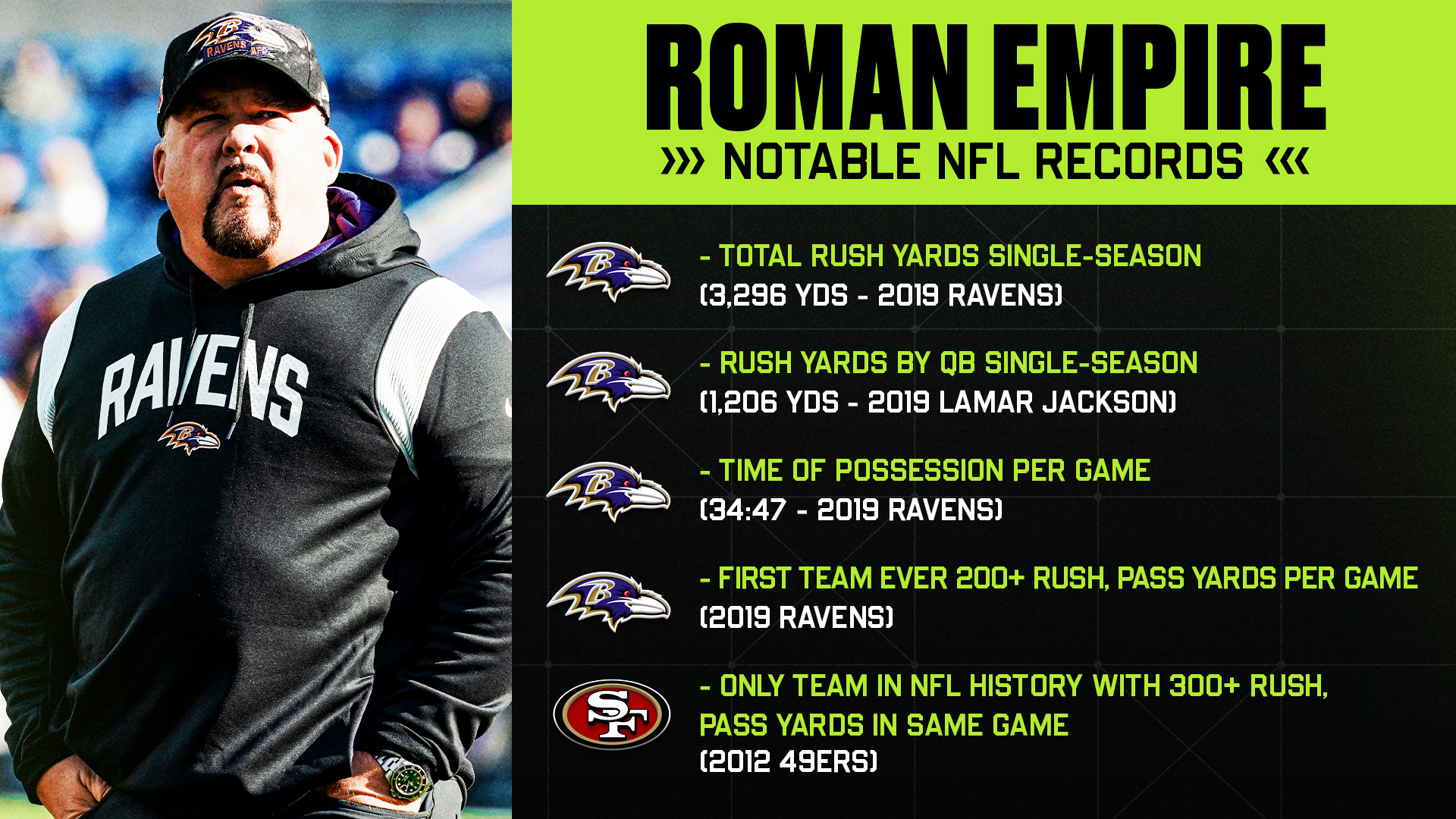
Building Around Jackson
Coaching Jackson was exciting and unique. A lot of creative thought went into it – different, original thoughts. You’re not just copying what somebody else is doing. In Baltimore, we weren’t a huge audible system. We did some of it, but we were mostly about pre-snap motions, shifting, changing the picture for the defense and utilizing various tempos. Putting it all together to where you have answers without doing a lot of checking and audibling was a big part of what we did.
But, any time you start bringing pre-snap movement into your offense, it requires a lot of coaching and a lot of detail. When you line up and run a play in a static formation, the quarterback can come up, look at the defense, think about what he studied all week and anticipate what will happen based on what he sees.
When you start motioning players, you’re gathering information with the motion because the defense will change. It doesn’t just change for the quarterback; it changes for everybody. So, there are a lot of nuances on how to coach and teach that because if you’re not ready for those adjustments the defense makes when you motion a lot, bad things can happen. So, we kind of had to learn that on the fly.
>>READ: Up for Debate: How Will Jackson's Stalemate with Ravens End?
When you’re a coach, no matter who you have as players will determine your direction. As a coach, it’s your job to put the final stamp on it and say, “Hey, we’re going to go in this direction. We’re going to go in that direction.”
I’ve been around some athletic quarterbacks, starting with Andrew Luck at Stanford, Alex Smith and Colin Kaepernick with the San Francisco 49ers, and Tyrod Taylor with the Buffalo Bills. I built this system that was continually evolving. With all those years of experience with dual-threat quarterbacks, it evolved and evolved.
It’s an exciting challenge to take any kind of talent and figure out how to unlock and deploy that talent. So, if we had a traditional drop-back passer, the offense would look a lot different, as it should.
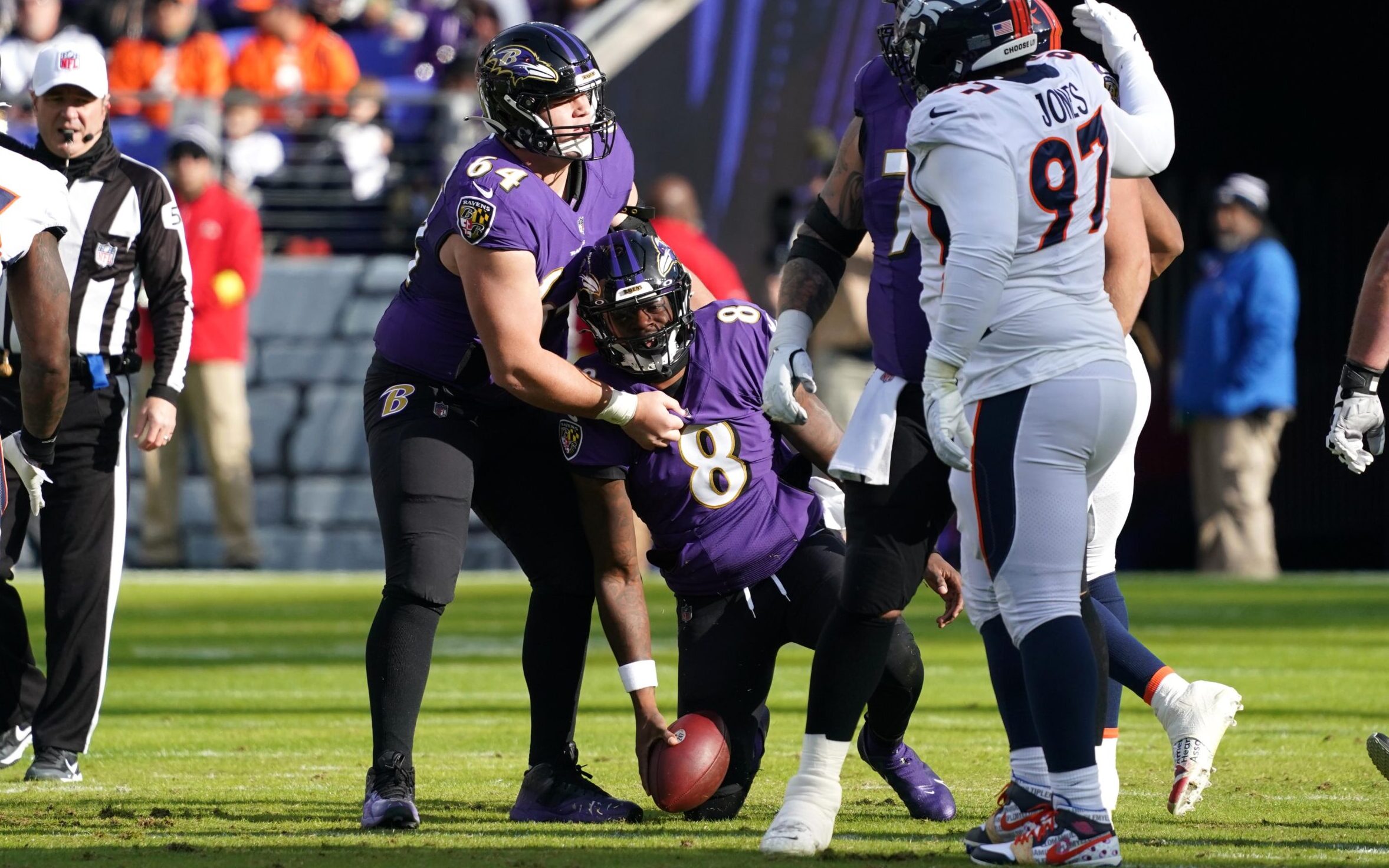
Managing Risk
When you have these kinds of special quarterbacks who can use their legs and impact the game, it’s a fine line. It was interesting to read the comments Bills coach Sean McDermott recently made expressing concern over the extensive running by his quarterback, Josh Allen, because of the increased risk of injury.
A lot of it comes down to the quarterback’s instincts at the moment. The Bills may not draw up as many designed runs, so Allen may decide to scramble more. At the end of the day, he’s running more, and he might be gaining more yards, first downs, and points because of it.
Jackson was such a master of avoiding hits, and honestly, he was safest when he was out in space on the move because he was in control as opposed to in the pocket with his eyes downfield, hoping somebody doesn’t run into the back of his legs. The few times he got injured were behind the line of scrimmage, looking to make a throw down the field.
But it never was an issue when he was running out in space. That’s pretty counterintuitive to what many people believe to be true. It comes back to the specific player, and their style when they run. Allen will run some defenders over, so there’s some hard contact at times.
I understand where McDermott is coming from because you’re trying to find that sweet spot, and it’s an ongoing thing that will never come to an endpoint. Not only are you designing runs, but you’ve also got to decide on how many, what kind, where the quarterback will enter the line of scrimmage, that type of thing.
Then, there are the times when the quarterback decides to pull the ball down on a designed pass. There are times when the quarterback draw tag is also built into a play. I’m sure other teams are doing that as well.
I appreciate where McDermott’s coming from because I’ve dealt with that question almost every day for the past 15 years or so. It’s a valid point, but there are two sides to it, and there’s a sweet spot you’re trying to find.
The elite pocket passer will always be valued. At some point, you’ve got to stand in the pocket, throw the ball and deliver it to win consistently. How much you have to do that will change, but there’s no doubt the opportunity exists for mobile quarterbacks because NFL decision-makers have seen it work.
As told to Vic Carucci
